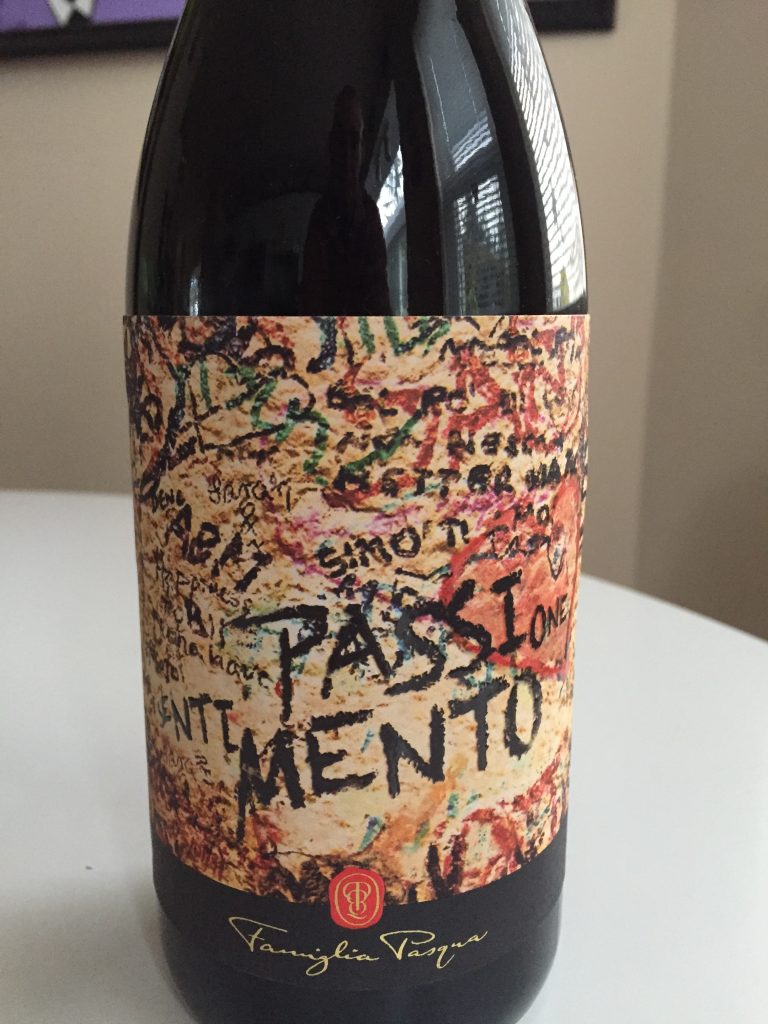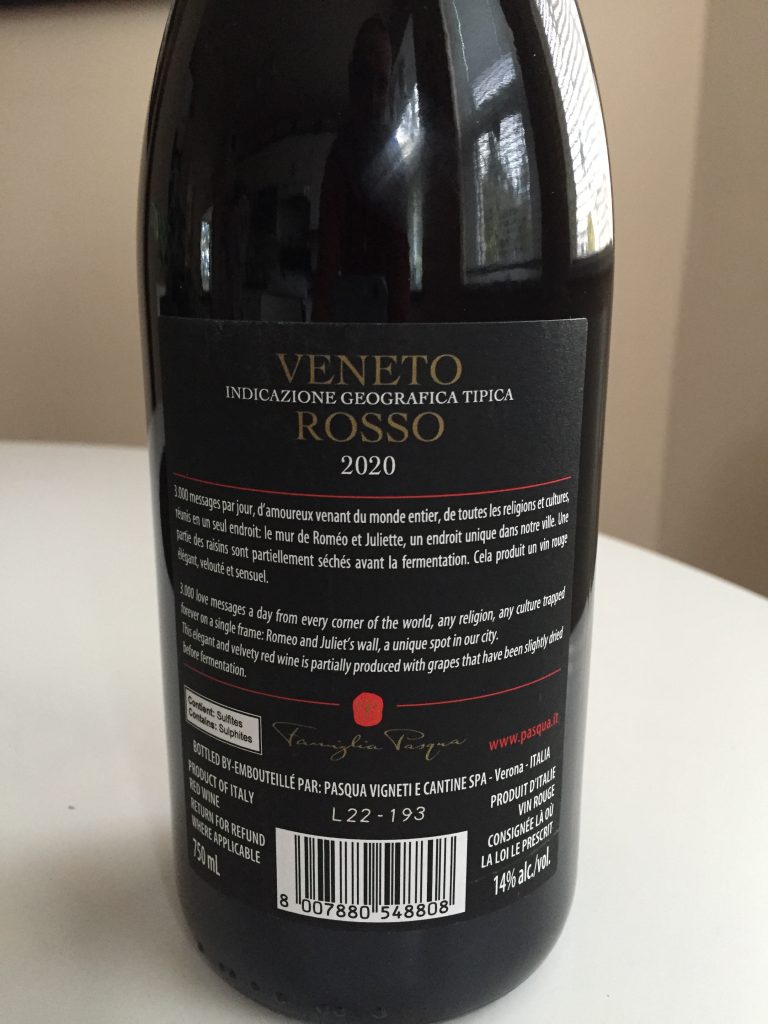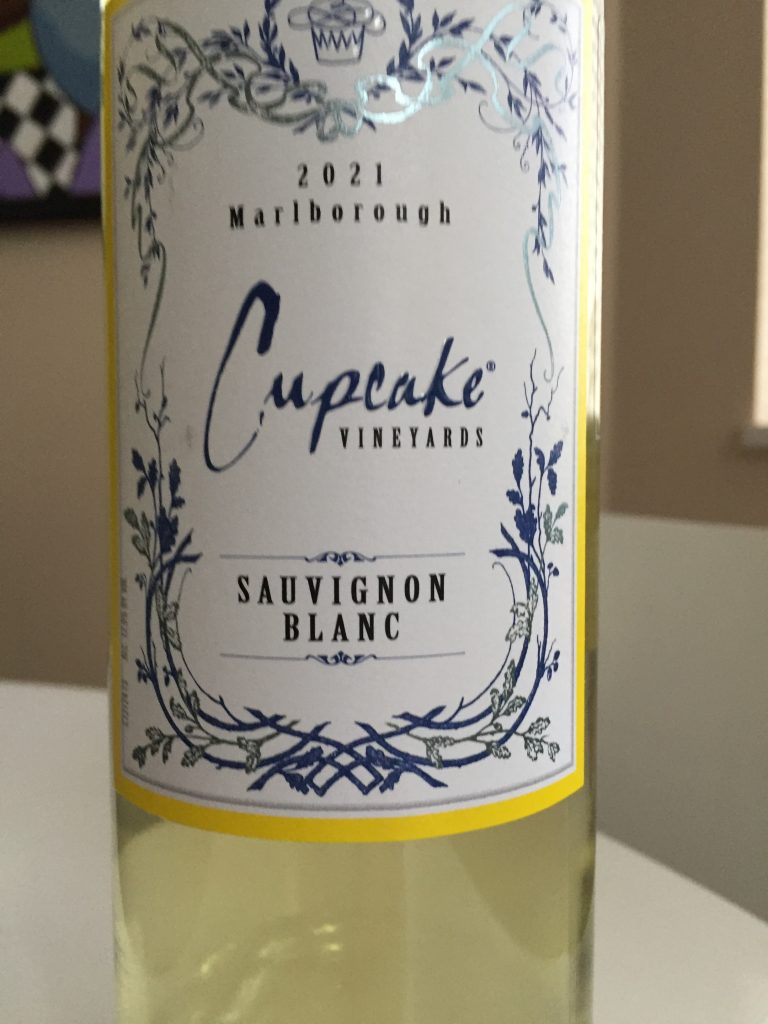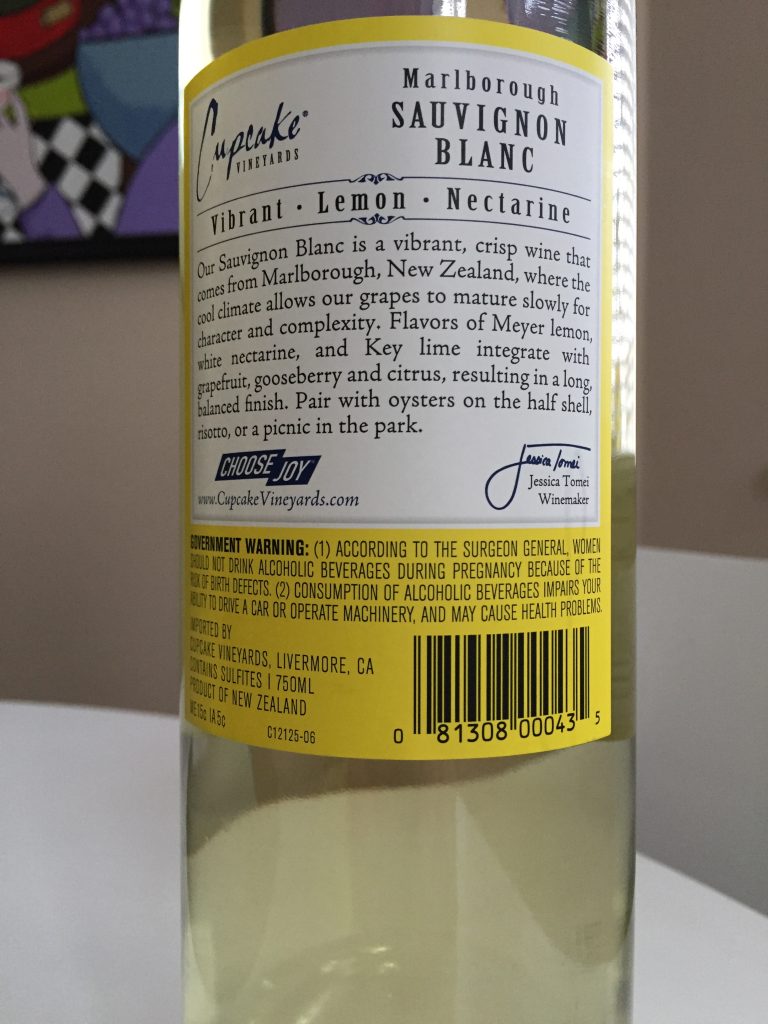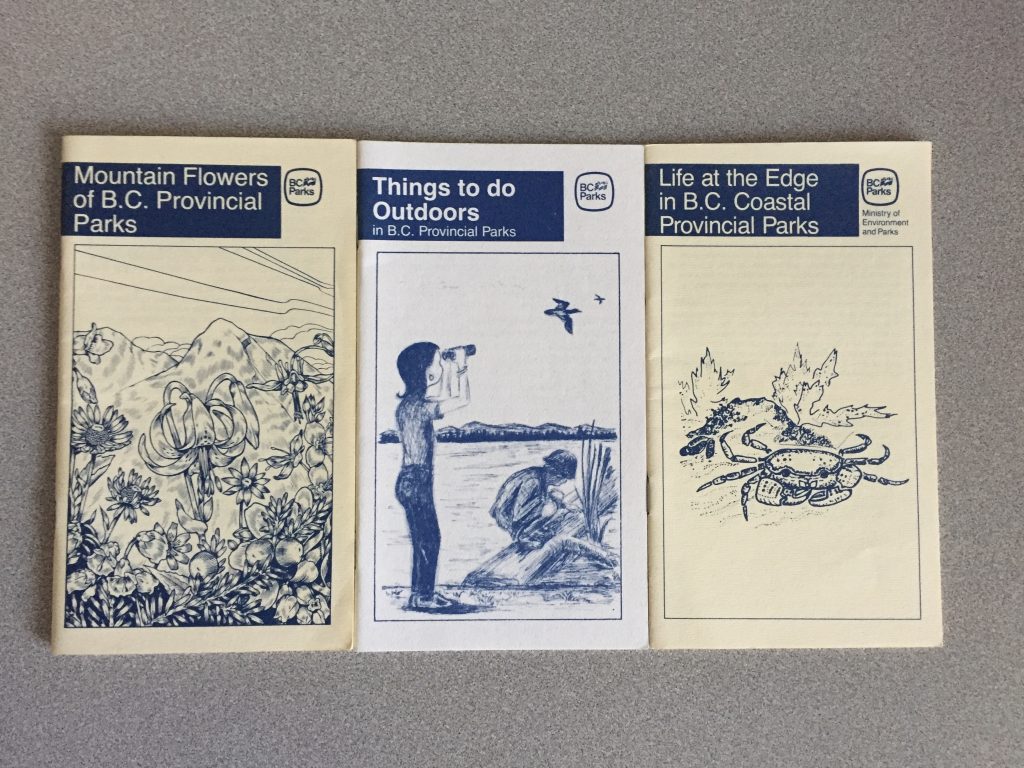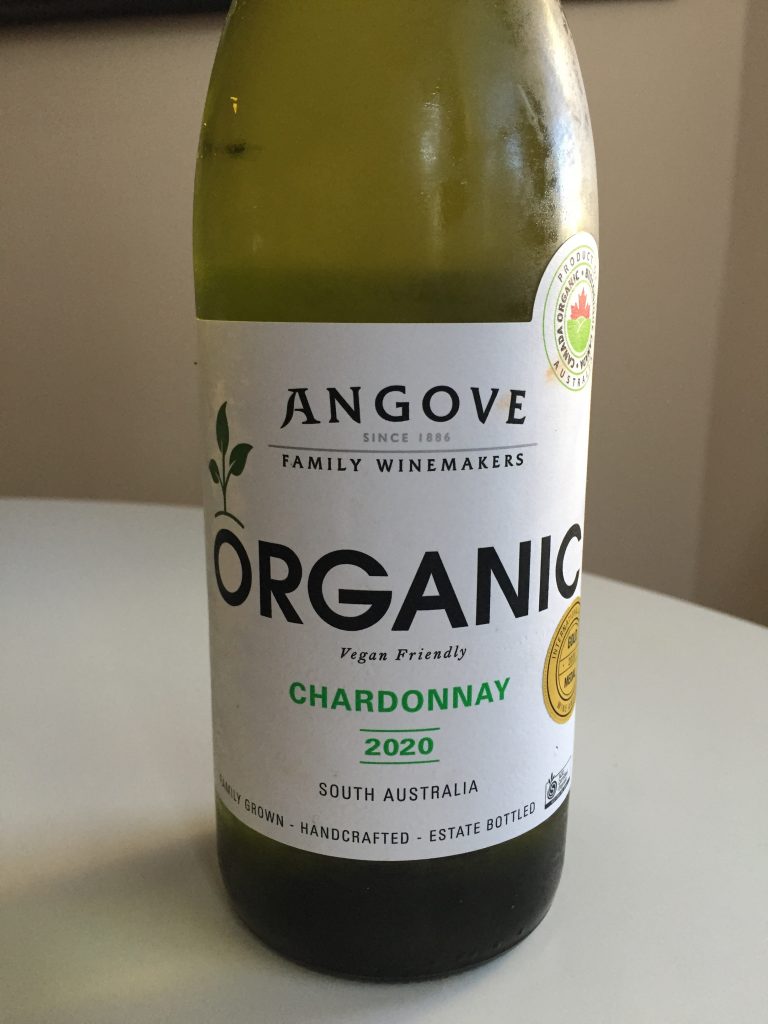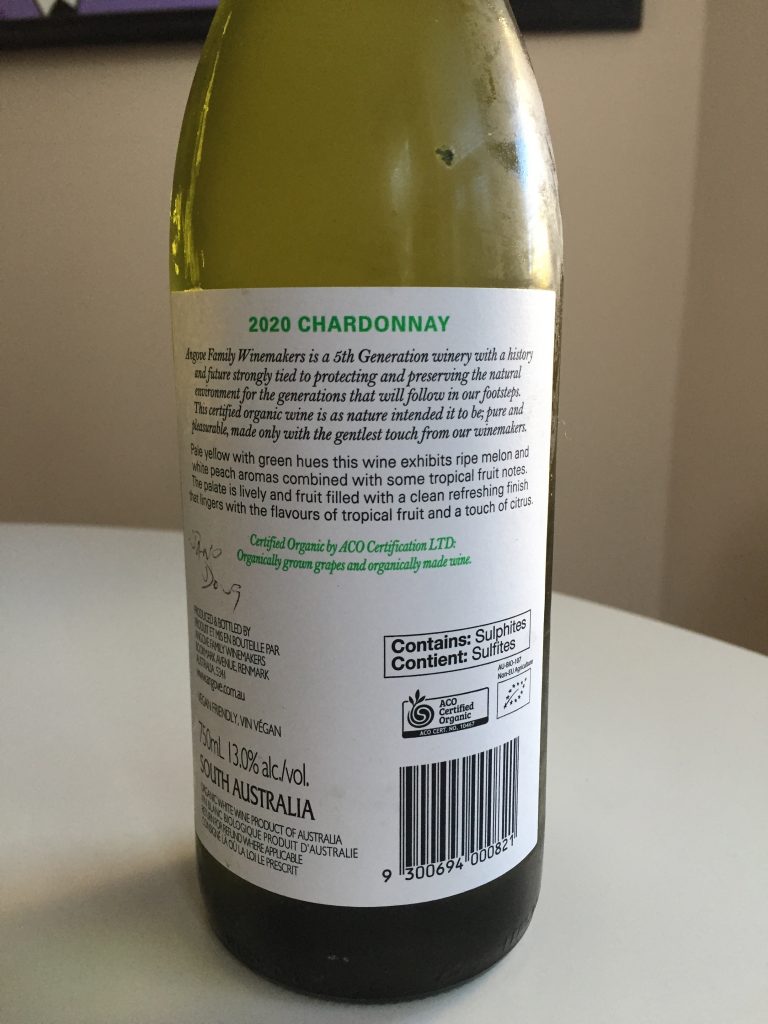The grapes are picked by hand and left to dry in wooden crates in the drying loft. There, by means of humidity control and air circulation, the grapes lose around 30% of their water content and achieve a high sugar concentration. Given that the grapes have differing ageing times, vinification takes place separately in steel tanks; the blend being created only after this. Passione Sentimento is aged in oak tonneau barrels for 3 months.
Intense aromas of big berries. The palate is well balanced with velvety tannins and a soft and round finish.
It’s not overly complicated, so serve it with something that has a lot of flavours going on. Seasoned cheeses, spicy Asian dishes, or maybe something gamey.
PASSIMENTO ROSSO VENETO IGT – ROMEO & JULIET
$15.99 regularly $17.99
14% Alcohol
UPC: 08007880547801
